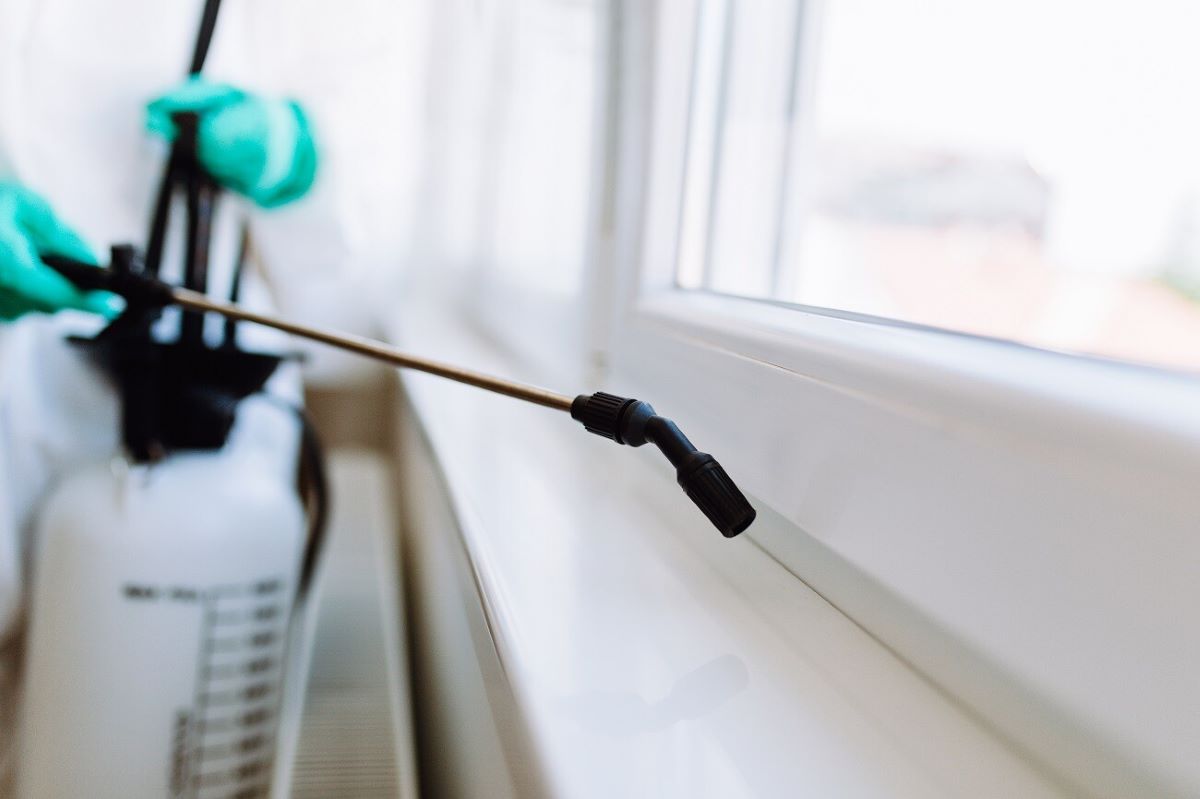
Pest Control Treatment: Strategies, Methods, and Best Practices
Pests can be a persistent nuisance, invading our homes, gardens, and businesses. From rodents scurrying through our walls to insects infesting our pantry, these unwelcome guests can cause damage to property, spread diseases, and create significant discomfort. Effective pest control treatment is essential for maintaining a healthy and hygienic environment. In this comprehensive guide, we will explore various aspects of pest control treatment, including common pests, effective strategies, methods, and best practices to keep your surroundings pest-free.
Understanding Common Pests
Before delving into pest control methods, it’s crucial to identify the common pests that may invade your home or business premises. Some of the most prevalent pests include:
Rodents: Mice and rats are notorious for causing structural damage and contaminating food supplies.
Insects: From cockroaches and ants to mosquitoes and bed bugs, insects can quickly multiply and infest your living spaces.
Termites: These silent destroyers can wreak havoc on wooden structures, causing costly damage.
Birds: Pigeons and other birds can create sanitation issues and damage property with their nesting habits.
Wildlife: Squirrels, raccoons, and other wildlife creatures may seek shelter in attics or crawl spaces, posing health risks and property damage.
Effective Strategies for Pest Control:
When it comes to pest control treatment, prevention is often the best approach. Here are some effective strategies to keep pests at bay:
Maintain Cleanliness: Regular cleaning and proper sanitation practices can eliminate food sources and hiding places for pests.
Seal Entry Points: Inspect your property for cracks, gaps, and openings that pests can use to enter. Seal these entry points to prevent infestations.
Remove Standing Water: Mosquitoes breed in stagnant water, so ensure there are no puddles or containers collecting water around your property.
Store Food Properly: Keep food items in sealed containers to prevent access by pests like ants and rodents.
Trim Vegetation: Overgrown vegetation can provide hiding spots for pests. Keep your lawn, shrubs, and trees trimmed to reduce hiding places.
Regular Inspections: Conduct routine inspections of your property to identify signs of pest activity early and address them promptly.
Methods of Pest Control Treatment:
When preventive measures are not sufficient, various methods of pest control treatment can be employed:
Chemical Treatments: Insecticides, rodenticides, and pesticides are commonly used to eliminate pests. It’s essential to use these chemicals responsibly and follow safety guidelines.
Biological Control: Introducing natural predators or parasites to target specific pests can help control their populations without the use of chemicals.
Traps and Baits: Traps and baits are effective for capturing and killing pests like rodents and insects. They can be placed strategically to target specific areas of infestation.
Heat Treatment: Heat can be used to eliminate bed bugs and other pests by raising the temperature to levels that are lethal to them.
Fumigation: Fumigation involves sealing the infested area and introducing a gas or fumigant to kill pests. It is often used for severe infestations in structures.
Best Practices for Pest Control Treatment:
To ensure the success of your pest control efforts and minimize risks, follow these best practices:
Consult Professionals: For severe infestations or complex pest problems, seek assistance from licensed pest control professionals.
Read Labels: When using chemical treatments, carefully read and follow the instructions on the product labels to ensure safe and effective application.
Consider Environmental Impact: Choose pest control methods that minimize harm to the environment and non-target species.
Monitor and Evaluate: Regularly monitor the effectiveness of your pest control measures and adjust strategies as needed.
Educate Yourself: Stay informed about common pests, their behavior, and effective control methods to empower yourself in managing pest issues.
Conclusion
A pest control company is a critical aspect of maintaining a healthy and hygienic living or working environment. By understanding common pests, employing effective strategies, utilizing appropriate methods, and following best practices, you can keep your property free from unwanted intruders. Remember, prevention is key, but when pests do invade, timely action and responsible pest control measures can help mitigate the problem effectively.





Leave Your Comment